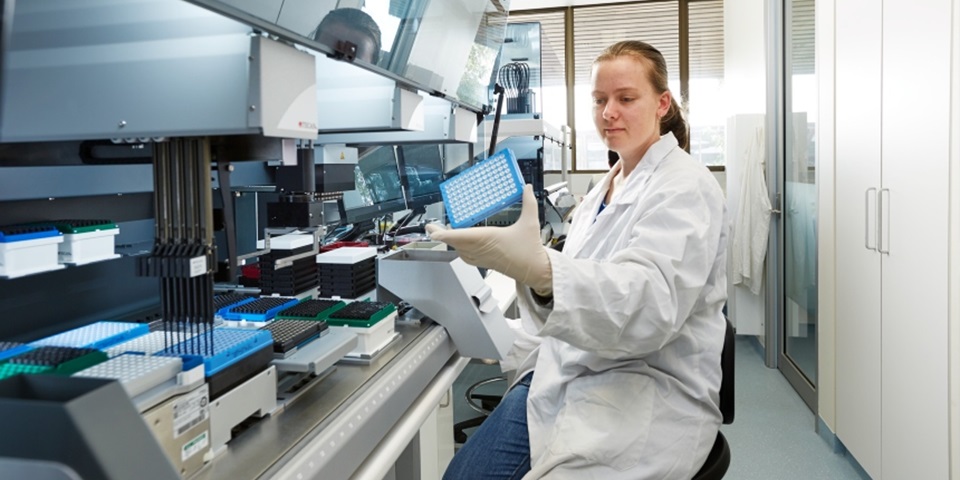News
Robotics next frontier to combat bacterial resistance to medicines

Antimicrobial resistance (AMR) has been described as one of the greatest threats to global health and food security, with an estimated cumulative cost of 100 trillion USD by 2050
Antimicrobial resistance is the ability of an organism (in this context, bacteria) to adapt to resist antimicrobial treatment.
This resistance is granted by genes which can be acquired through mutation, accumulated and disseminated rapidly amongst bacterial populations. As it stands, the mortality rate of antimicrobial resistant infections is on track to reach 10 million deaths per year by 2050.
Lead researcher, Dr Sam Abraham – based at Murdoch University’s Antimicrobial and Infectious Diseases Laboratory – said that one of the key processes in managing antimicrobial resistance is surveillance.
“Surveillance requires the large-scale sampling of indicator organisms – bacteria such as E. coli, that are common to a wide variety of humans and animals and which typically don’t cause disease – to determine what antimicrobial resistances they are carrying, and whether these resistances are being detected more frequently,” Dr Abraham said.
"Conventional, human-centric methods have long dominated the way we survey antimicrobial resistance yet have seen very little improvement since their conception.
"These methods are hamstrung by high-processing costs and slow turnaround times, making them incompatible with the high volumes of sampling required to accurately depict a population’s AMR status.
“A consequence of continuing surveillance using conventional methods could mean that more serious, but less frequently occurring resistances may be slipping through the cracks,” said Dr Abraham.
“If these highly important resistances are not being detected, the necessary research into combatting them cannot be undertaken.
In order to overcome the limitations to scalability, Dr Abraham’s team have developed a high-throughput robotics platform called RASP (Robotic Antimicrobial Susceptibility Platform) to drastically increase processing power, cutting processing times by two thirds, while maintaining or improving upon the quality of results generated by human technicians.
“This will be the next generation approach to surveillance of antimicrobial resistance and could be applied to other areas of bacterial resistance” Dr Abraham said.
“It is critical that researchers harness robotic platforms like RASP if we are to resist the current mortality trajectory of antimicrobial resistance”
Background:
- The research paper is titled ‘Robotic Antimicrobial Susceptibility Platform (RASP): a next-generation approach to One Health surveillance of antimicrobial resistance’ published in Journal of Antimicrobial Chemotherapy.
- DOI: 10.1093/jac/dkab107
- This project was supported by funding from the Australian Government Department of Agriculture, Water and the Environment as part of its Rural R&D for Profit programme.
This research supports the United Nations Sustainable Development Goal 3 to ensure healthy lives and promote well-being for all at all ages.
For research news delivered to your inbox, sign up to our monthly newsletter.
News
Robotics next frontier to combat bacterial resistance to medicines
Posted on
Topics